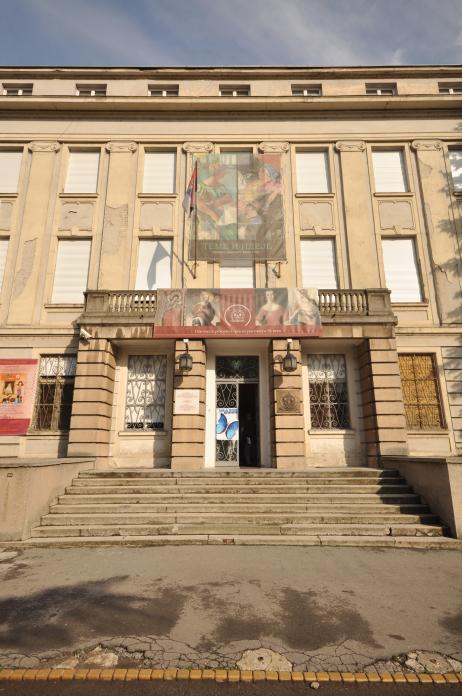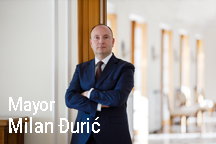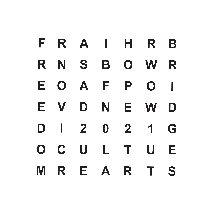The Gallery of Matica Srpska

The Gallery of Matica Srpska represents the richest museum of modern Serbian Art. It was established in 1847. It has acted as an independent institution of the Matica Srpska since 1958. Its permanent exhibition shows in a chronological order distinct works chosen from the artistic fund which has around 5.000 artworks that are of national importance for the modern history and culture of Serbian people in Vojvodina from 17th to 20th century. All artworks that the Gallery of Matica Srpska has received as a gift from numerous donors, or taken from Serbian Orthodox Church or other institutions for a preservation, or bought from private collections, or acquired through reproductions of wall paintings, are preserved, studied, protected and used under determined conditions. Depending on physical, artistic, cultural and historical characteristics, artworks in the Gallery are divided into systematic collections of Serbian paintings, graphics, sketches, sculptures, oleographs, and prints. Public has an access to all collections. They could be seen as a part of the permanent or temporary exhibition. There are two collections of Serbian paintings, graphics and sketches from 18th and 19th century that distinguish themselves due to their importance. They reflect to a great extent all the complex aspects of process of integration of Serbian art into European, from the period of Great Serb Migration of 1690 to the Unification of 1918. Twentieth century collection holds, besides the works done by painters and sculptors from Vojvodina, also the works by authors from ex-Yugoslav Republics. It has been formed in past couple of decades through purchase and donations. The final segment of the permanent exhibition, which consists of artworks of Serbian painters from the first half of 20th century, was open to the public in 1992, while in 1997 works from the second half of 20th century were added to it on 150th anniversary of the Gallery of Matica Srpska. The Gallery of Matica Srpska holds temporary monographic or thematic exhibitions, publishes catalogues and monographs respectively, and other publications from the field of modern Serbian art. As a part of regular work with the public, and besides its standard popular readings of permanent exhibition, it organizes independently or in cooperation with other museums or cultural institutions lectures, promotions and concerts. Since its establishment to the present day, the Gallery of Matica Srpska has always had a support of its founder – the Matica Srpska and all its members. The proposition for the establishment of Serbian National Collection or a Museum, with the gallery as an integral part of it, came in 1847 from Teodor Pavlović, who was then a secretary of the Matica Srpska and one of its most prominent members. The proposition was published in Serbian National Newspapers together with an invitation to all patriotic fellow-citizens to donate to the Central Museum, or give for preservation all those things that contribute to the richness of national spirit and serve to its cultural progress. Even today, the Statute of the Gallery of Matica Srpska allows the possibility of enlargement and enrichment of its collections with the contemporary art, as well as the works from previous epochs. In that way, it promotes the idea of the president and a great patron of the Matica Srpska, Sava Tekelija who in 1842 left legacy of valuable family portrait collection to the Matica Srpska. It is caringly preserved in the Gallery of Matica Srpska to this day as a core of its art collection. The artistic collection of the Gallery of Matica Srpska, consisting of artworks from 17th to 20th century, has been constantly enlarged with gifts and legacies. Out of overall collection, a one third is gained through donations, a significant number of which represent works of a great importance to Serbian art. Due to these donations, Gallery has formed 32 gift collections that bear the names of their donors. With its donations, 16 patrons, 40 donors and 216 donators have given a shape to the contemporary richness of the collection.










